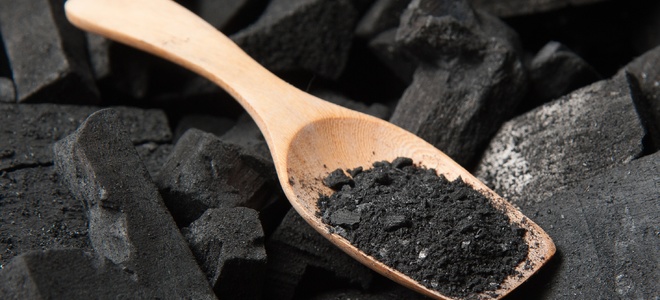
If you have an Instagram account, you’ve seen it: pitch-black ice cream, grey-swirled lattes, “goth” pizza crust, and “nighttime” juices. Activated carbon, known colloquially as “activated charcoal,” mysteriously entered the food trend scene in early 2017. It immediately became the go-to option for social media influencers, who snapped up its smoky, remarkably dark palette, slapped a filter on the photo, and posted it to every social media platform available. Shockingly black food is, well, shocking. However, you might also be shocked to discover that the trendy food additive has been banned in New York City.
What is Activated Charcoal?
It’s a form of carbon processed This is a form of carbon processed to have small, low-volume pores that increase the surface area available for chemical absorption or chemical reactions. It has a variety of uses; it can purify electroplating solutions, treat poisonings and overdoses, and aid in everything from oil spill cleanup to air purification and groundwater remediation. It cannot, however, lower cholesterol levels, cure a bad hangover, or reduce gastrointestinal “toxins,” as your local smoothie or juice bar may have you believe. At least, there is very little evidence that points to its ability to “detoxify” the body.
While activated charcoal is excellent at absorption, it isn’t great at picking out what’s toxic and what isn’t. When a person consumes activated charcoal in ice cream, the charcoal sucks up the calcium, potassium, and other vitamins found in the milk. This prevents the stomach lining from absorbing those nutrients, which means that the body eliminates them as waste along with the charcoal. In extreme cases, this can result in malnutrition. Activated charcoal may also absorb medication, rendering them ineffective. This can include everything from birth control to behavioral prescriptions. Some companies that sell activated charcoal warn that individuals should wait at least two hours after ingesting to take their prescription drugs. However, because of the unregulated nature of this substance, few are aware of this warning. Many states have signs noting that consuming raw or undercooked meat and seafood can make people sick. Very few charcoal-tinted businesses include similar warnings for their products.
Due to the substance’s micro-porosity, one gram of activated carbon has a surface area in excess of 32,000 square feet. This may bring some relief to charcoal consumers; while your food was black, it likely contained a very, very small amount of charcoal. Still, it is nearly impossible to measure the effect of activated charcoal on the individual. Even a miniscule amount can have an effect.
The Use of Activated Charcoal in Food
So, if this substance has been studied, why was it ever allowed in food? In most cases, it wasn’t. Activated charcoal is prohibited by the U.S. Food and Drug Administration (FDA) as a food additive or food coloring agent. Eater NY reports that the city’s Department of Health has issued multiple commissioned orders to various restaurants over the past couple of years, which “compel restaurant operators to discard the product as it is considered adulterated food.” However, the recent rise in popularity has brought the product to the attention of FDA inspectors, who have conducted several surprise inspections over the past several weeks. Interestingly, the FDA claims that it has no regulatory guidelines that address how activated charcoal can be added to food. This means the NYC Department of Health is taking the initiative in banning the food.
Should activated charcoal be banned in foods? New York City is taking the ”better safe than sorry” approach, which seems preferable to the alternative. It can be extremely difficult to predict how consuming activated charcoal will affect the individual, and imposing a city-wide ban is the best way to address its highly varied impact. While some businesses have suffered small financial losses as a result of the ban, protecting the public is of critical importance.
